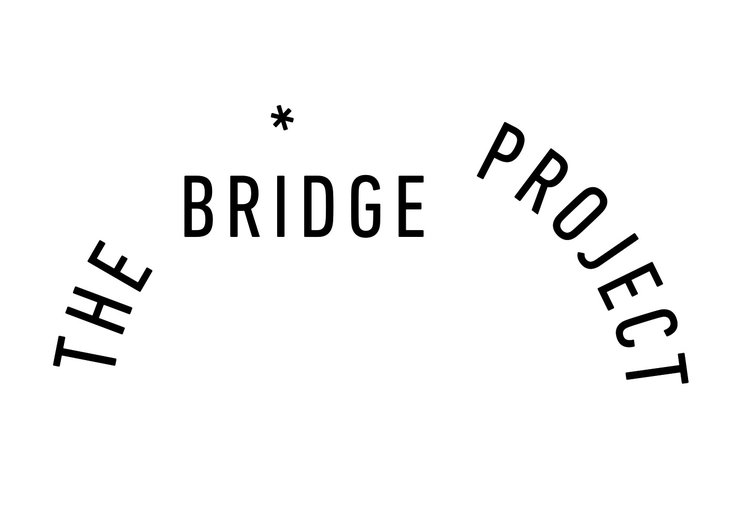FEU
With Tiago Mestre
On view at ZSenne ArtLab, 2 Anneessensstraat, Brussels, Belgium, from September 3rd until September 7th 2024
In the silence of the exhibition space, organic and luminous shapes dance on small canvases, simultaneously reminiscing of the flames of a burning fire, the smoke it emits, celestial and terrestrial bodies. These shapes reveal fragments of primal landscapes, and it seems that the universe itself is condensed within the room.
Tiago Mestre proposes with FEU (FIRE), a fleeting and shattered image of the birth of the universe and humankind, as well as its metamorphosis into civilization and culture – now on the path toward destruction – as he unveils in a dizzying loop, our cosmic genealogy and the interconnectedness of all things.
In his essay on metamorphosis, Italian philosopher Emmanuele Coccia suggests that every being can be seen as an extension of another life - animate or inanimate. Just like the earth was born from the sun, the human body, with its flesh, bones and fluids, is the container - or rather the mirror - of the earth, the sun, the moon, the caves, the rocks, the lakes, the waterfalls; all elements that appear in Mestre´s body of work.
Mixing pigments, applying brushstrokes, and molding and burning clay, Tiago Mestre engages in a transformation of matter, echoing the metamorphosis that precedes all life, as he endlessly creates new pieces of a personal yet universal vocabulary. This universal language, deeply rooted in ancient times, organizes archaic life forms, taking us back to the ancestral art of prehistoric caves, where stories of animals and hunters were told by firelight.
Despite a certain rawness, Mestre´s artworks present a stylized quality that seems to highlight the underlying tension between nature and civilization. This primordial pull is also reflected in the spatial organization of the universe as it takes shape through Mestre´s hands. Just like a living body contains information from the past and of the future, the artworks evoke both a primal origin and a critical relation to the historical migratory fluxes, the modernist project and - as their verticality may imply – the Western art canon.
By integrating this primordial tension, Mestre nonetheless hints at an escape or solution to the chaos as symbolized by a ceramic branched flute, suggesting an entangled symbiosis between human artifact and nature.
At a time where the sky is darkened by the smoke of the Amazon and Pantanal´s fires, Mestre conjures with his intuitive yet meticulously constructed landscapes, a vision shaped by an immediate, paradoxically cerebral understanding of the external world. His works connect to fragments of unspoiled land that seem to arise from the depths of the subconscious. The mutable quality of fire, water and air, combined with the slow movement of the earth, rocks, and caves, evoke the foundational pillars of a world caught in a state of ebullition - just before genesis or annihilation - reflecting the cyclical nature of existence.
Tiago Mestre (Portugal, 1978)
Lives and works in São Paulo, Brazil. He graduated from the Architecture program at the Lisbon School of Architecture in 2001, following with the MAUMAUS Independent Visual Art Studies Program (2008) and the Ar.co Advanced Course in Painting (2009, Lisbon). In 2016, he held a Master's degree in Architecture from the Faculty of Architecture and Urbanism of the University of São Paulo (FAU-USP). Complementary to his training, Mestre participated in residencies in Brazilian and international institutions, such as Gasworks (with the Calouste Gulbenkian Foundation scholarship - London, 2019), Kaaysá – Art Residency (Boiçucanga, 2018), and PIVÔ-Arte e Pesquisa (São Paulo, 2016).
Mestre´s practice revolves around the idea of displacement, both in terms of discipline and territory as well as the historical associations of human and artistic flows. His poetics is underlined by the editing of the work in the presentation spaces, which often take on the contours of his studio practice. Using materials such as clay, bronze, plaster, and paint, his work is a constant negotiation between the planned and the circumstantial.
Among his recent exhibitions are the solo shows Empire, at LAMB Gallery (London, 2022), Smoke gets in your eyes, at Kupfer Projects (London, 2019) and Noite. Inextinguível, inexprimível noite., at Galeria Millan (São Paulo, 2017); and the group shows Pequenas pinturas [Small paintings], at Auroras, and Uma mão lava a outra [One hand washes the other], at Olhão (São Paulo, 2022) and Jardim das delícias. Juízo final, at Galeria Cavalo (Rio de Janeiro, 2018).







